It was a shocking scene, and nobody could figure out what caused it: Three bear cubs and their nearly 300-pound mother dead outside a church. It would take weeks, but police finally figured out what happened to the four bears.

The West Wyoming Borough Police Department was dispatched to St. Monica’s Parish in Pennsylvania in the early morning hours after reports of a bear cub in the area. When they arrived, instead of one cub, they actually found a total of 3, along with their mother, at the edge of a church parking lot. Sadly, all four bears were deceased, USA Today reported.
Immediately, the Pennsylvania State Game Commission was notified and responded. Although there were no signs of bullet wounds or external trauma, the death of the nearly 300-pound mama bear and her three cubs was suspicious, and the West Wyoming Borough Police Department posted a call for help from the public on their Facebook page, asking anyone for information regarding the incident.
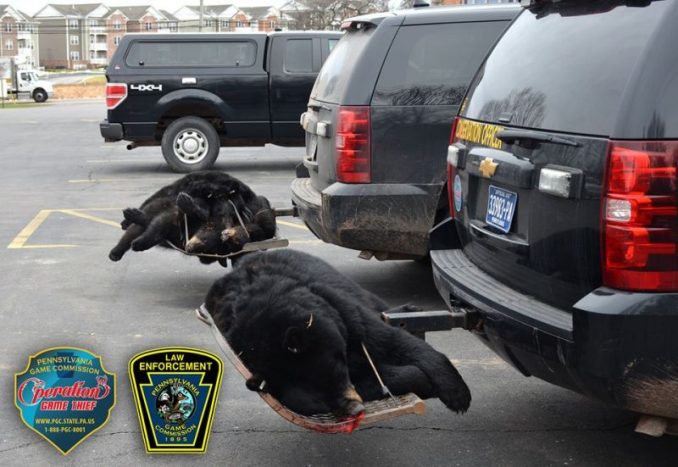
Of the four bears, the Game Commission transported the adult female and one cub to the Penn State Animal Diagnostic Laboratory in State College for post-mortem examination and toxicological testing while the remaining two cubs were retained at the region office.
“We consider the deaths of these bears highly suspicious,” Game Commission Northeast Region Law Enforcement Supervisor Mark Rutkowski said. “Toxicological testing will be performed in an attempt to determine a cause of death,” he added.
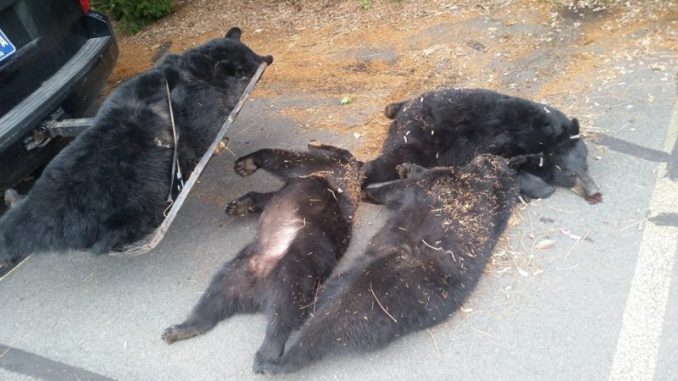
That toxicological testing would give a clue as to the cause of death. Weeks after they were found, the Pennsylvania Game Commission revealed on Facebook that the likely cause of death for the four bears was poisoning. This revelation, however, had authorities also issuing a warning.
Explaining that the bears were all found dead in or around the same tree with “no evidence of thrashing or stumbling in the area around the bears, suggesting they died suddenly,” the PA Game Commission warned that a common shrub played a role in the death of the bears.
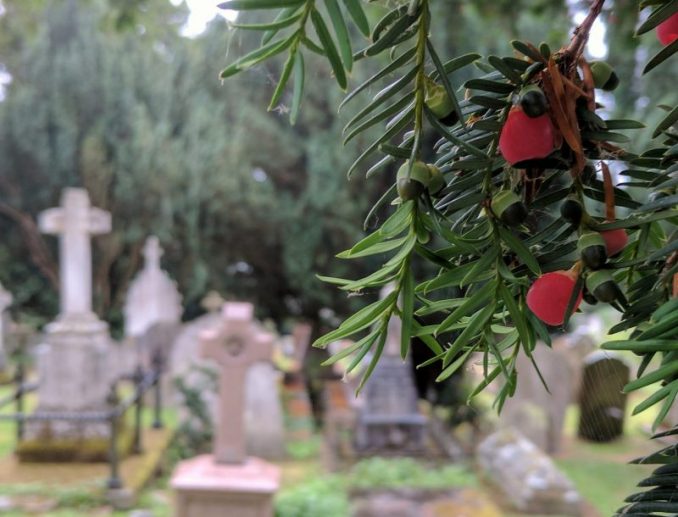
An examination of the stomach contents of both the bears that were sent to Penn State for examination revealed that they recently consumed leaves and seeds of an English yew, or Taxus baccata, plant. The ingestion of plant parts from this common ornamental shrub is the likely cause of death.
“The English yew is a conifer native to Europe, Africa, and southwest Asia. The plant has lance-shaped leaves and produces a red berry-like cupped structure called an ‘aril’ that contains a single brown seed,” the PA Game Commission wrote in a Facebook post, along with a photo, seen below. “It is widely cultivated in eastern North America as an ornamental shrub and often found in urban environments.”
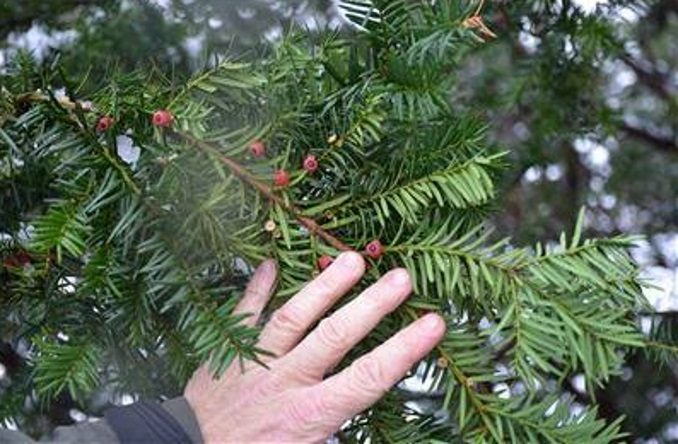
“All species of yew contain the alkaloid compound ‘taxine’ that is highly toxic to most animals and humans if ingested. The toxin is particularly lethal to animals with single-chambered stomachs,” the Game Commission explained, alerting the public.
“Taxine is found in all parts of the yew except the fleshy part of the aril, with seeds containing the highest concentrations of the toxin,” the commission warned. “While yew are toxic year-round, toxin levels increase during the winter months. Yew is cardiotoxic and impacts the heart’s ability to beat properly.”
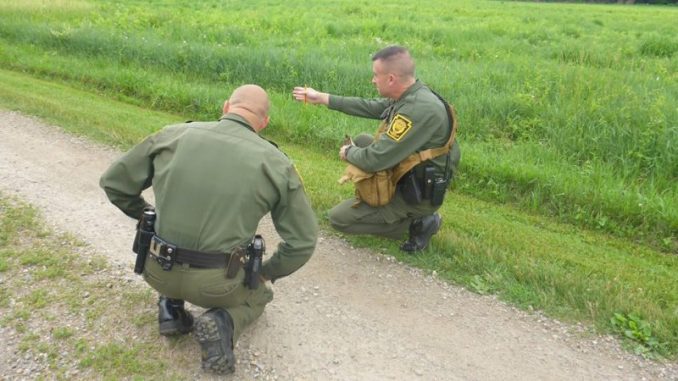
Further revealing that the cause of death was indeed this common plant, the Commission pointed out, “Organic chemical screens were performed on the stomach contents, liver, and kidneys of the bears to test for the presence of pesticides, euthanasia agents, and environmental contaminants. The results of these screens, as well as a test for the presence of ethylene glycol (a compound found in antifreeze), were all negative.”
So, when it comes down to it, these four bears needlessly died because a plant, native to Europe, Africa, and southwest Asia, was brought to North America as an “ornament shrub” to make our urban environments look pretty. With that said, know what you are planting. Something meant to look nice could actually kill. And, if this toxic plant poisoning can take down a 300-pound bear, imagine what it can do to the family pet or a curious toddler.
Source: Tap Worthy Happenings

0 Comments